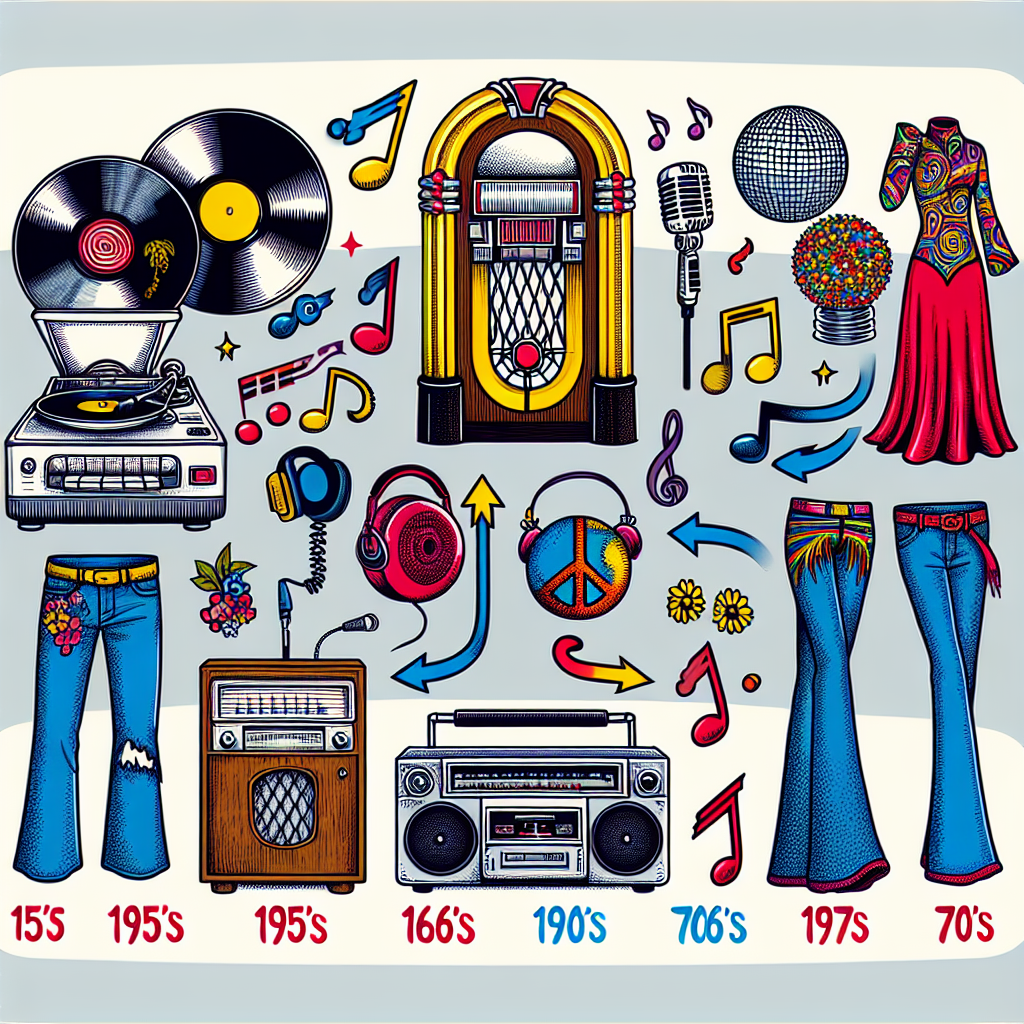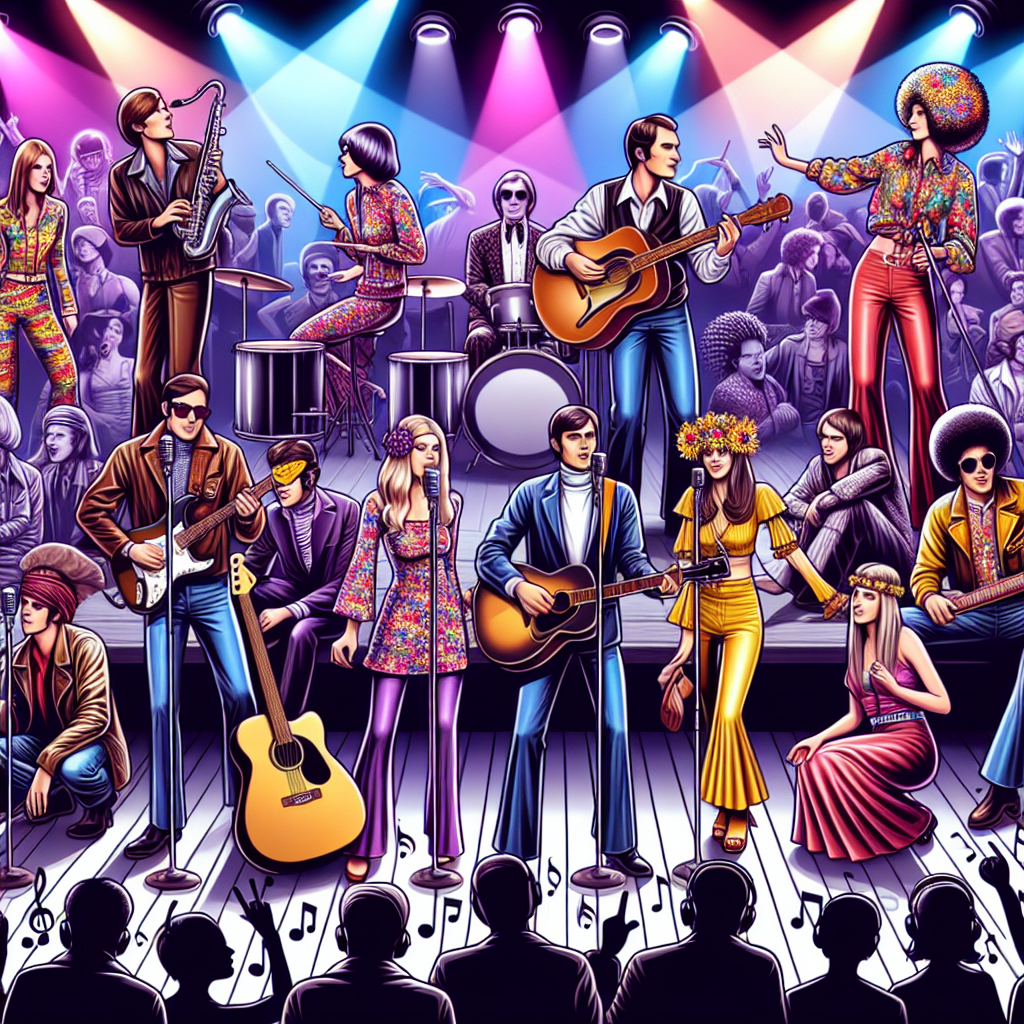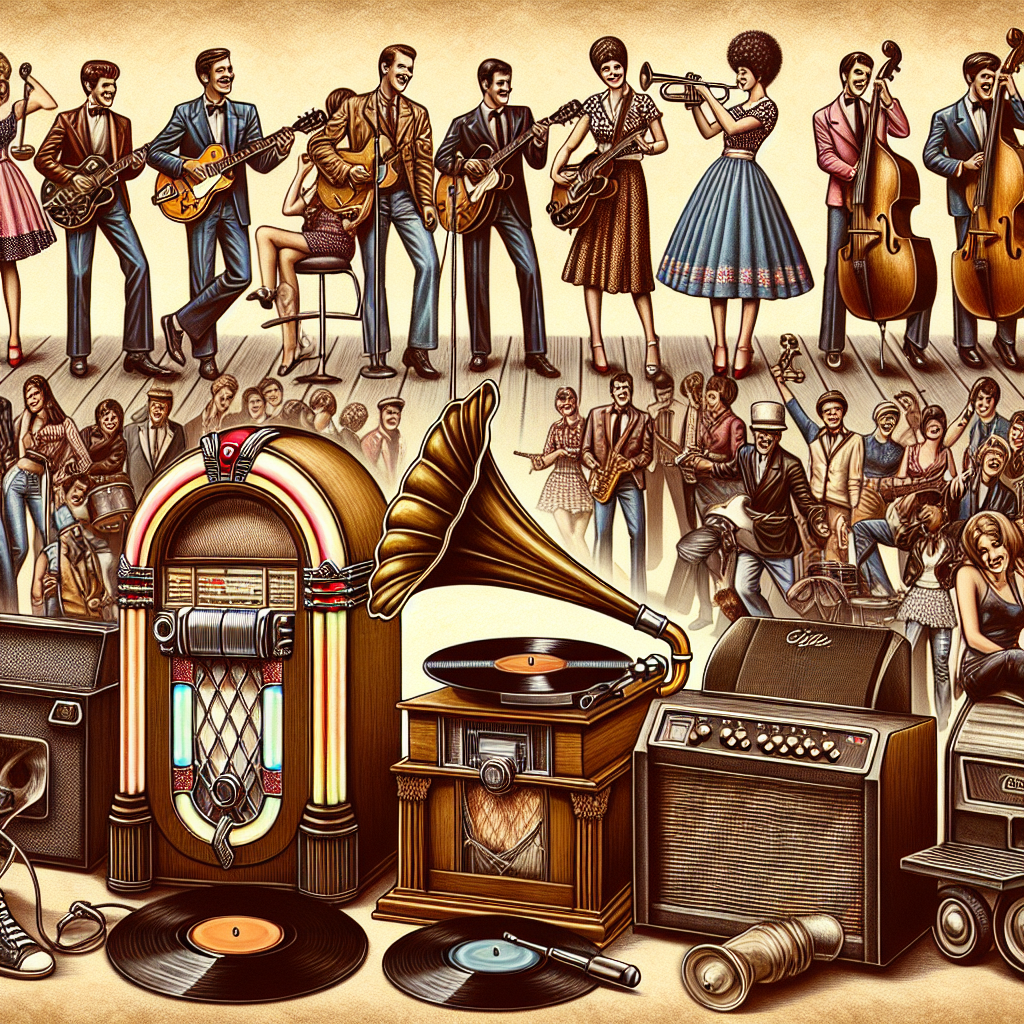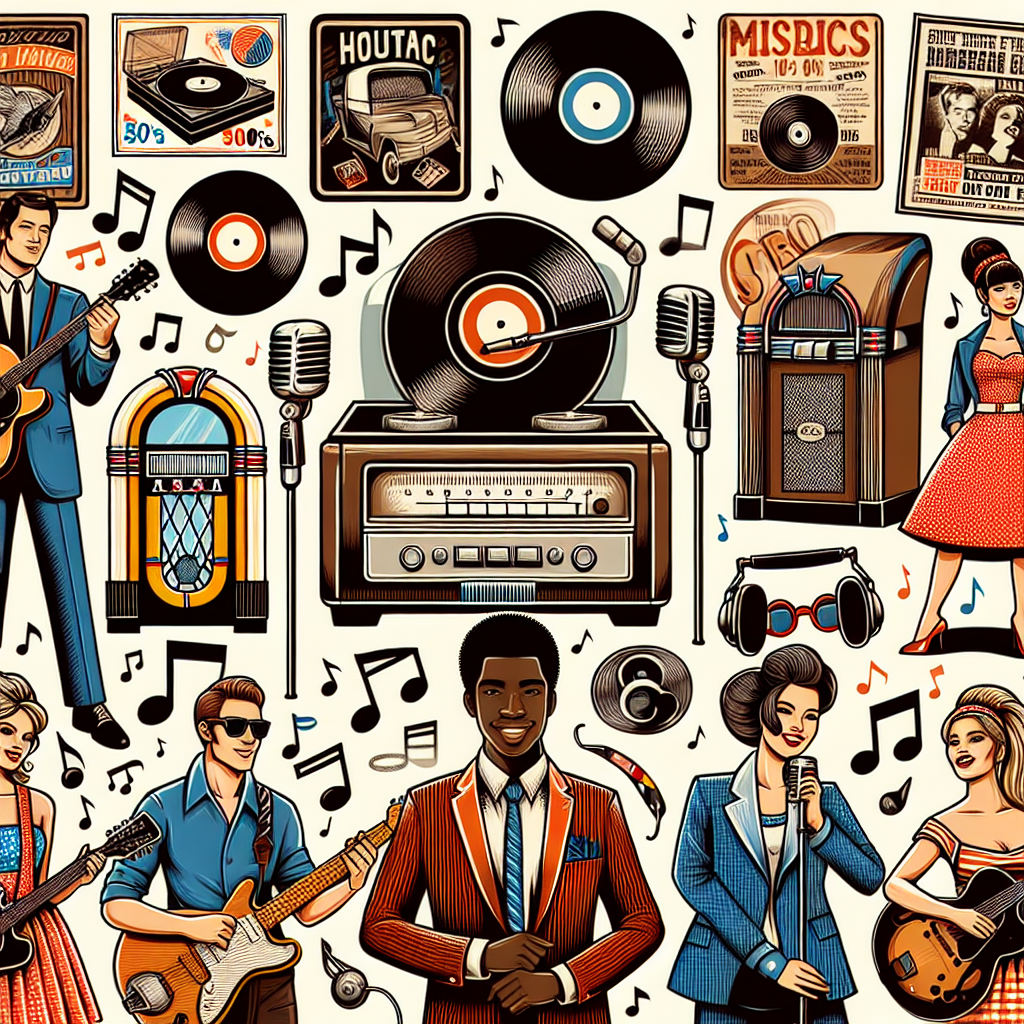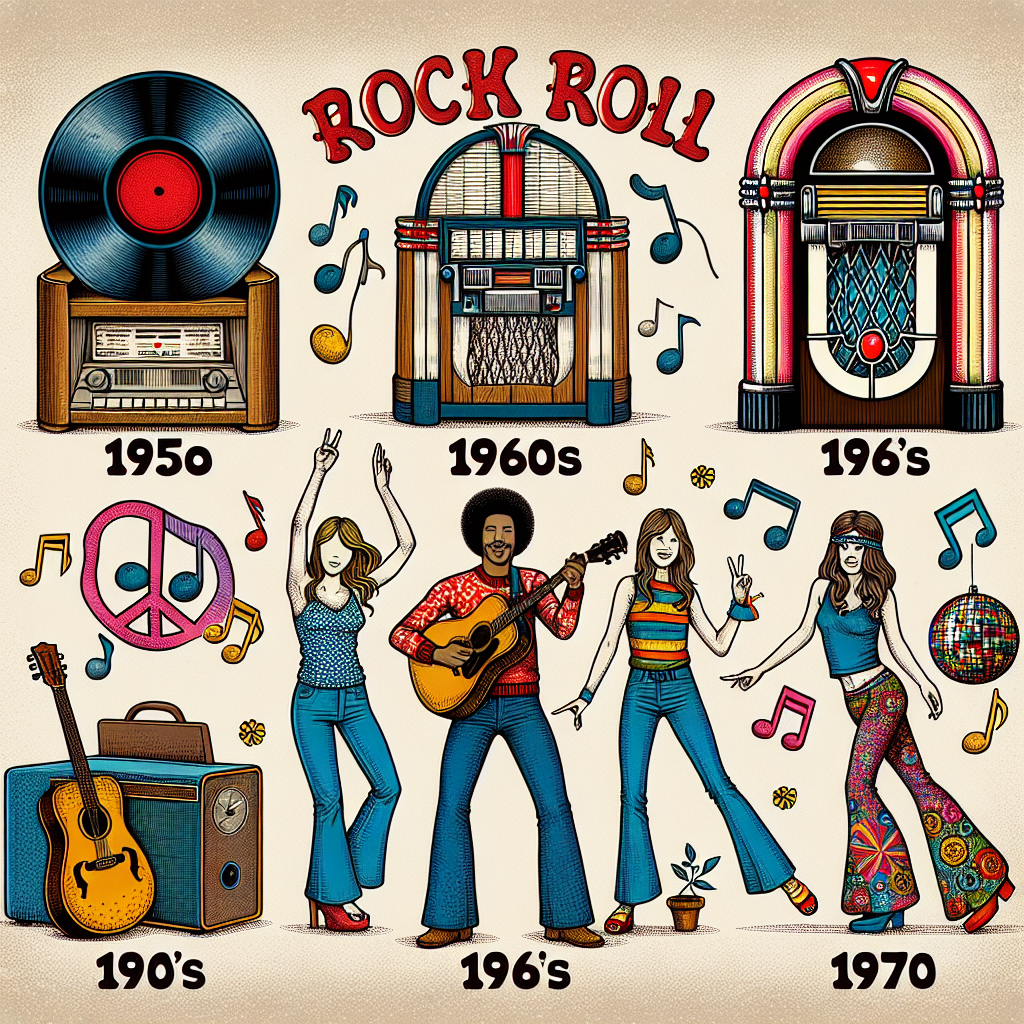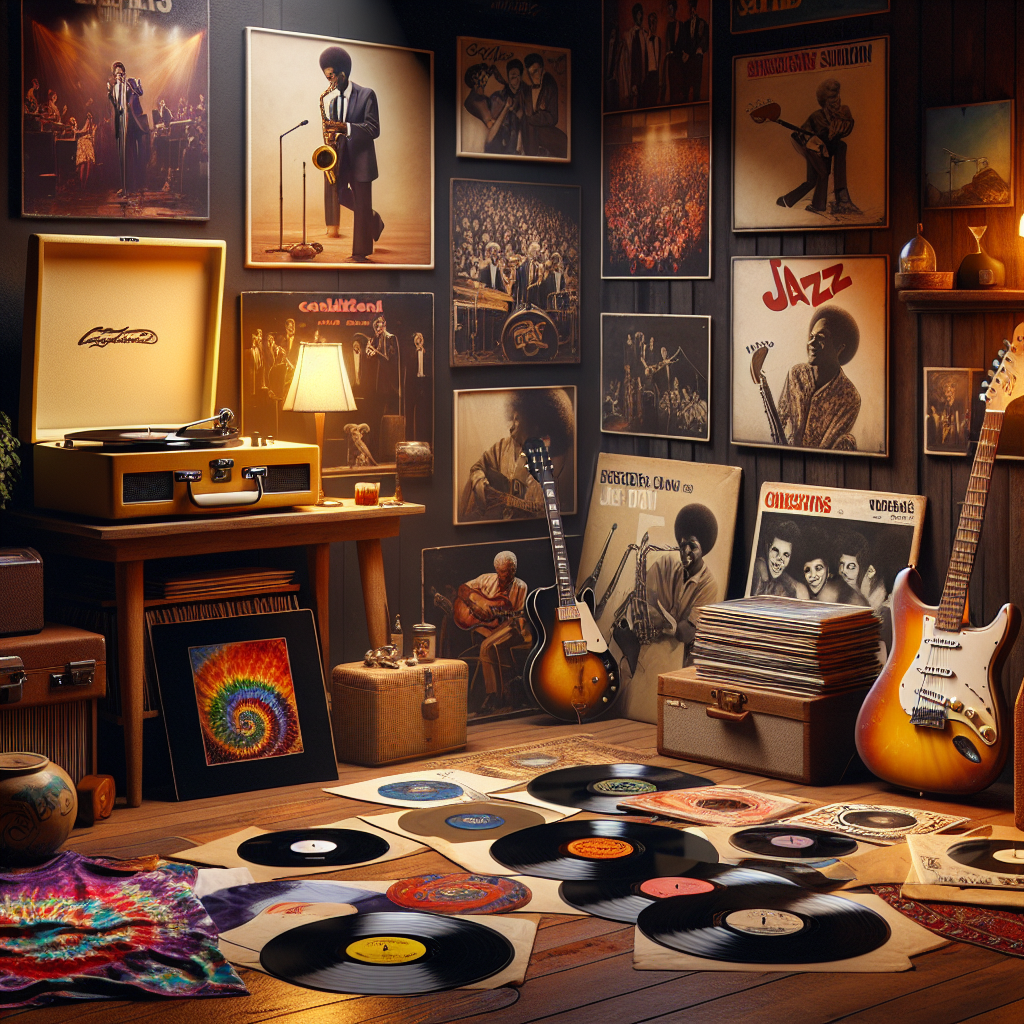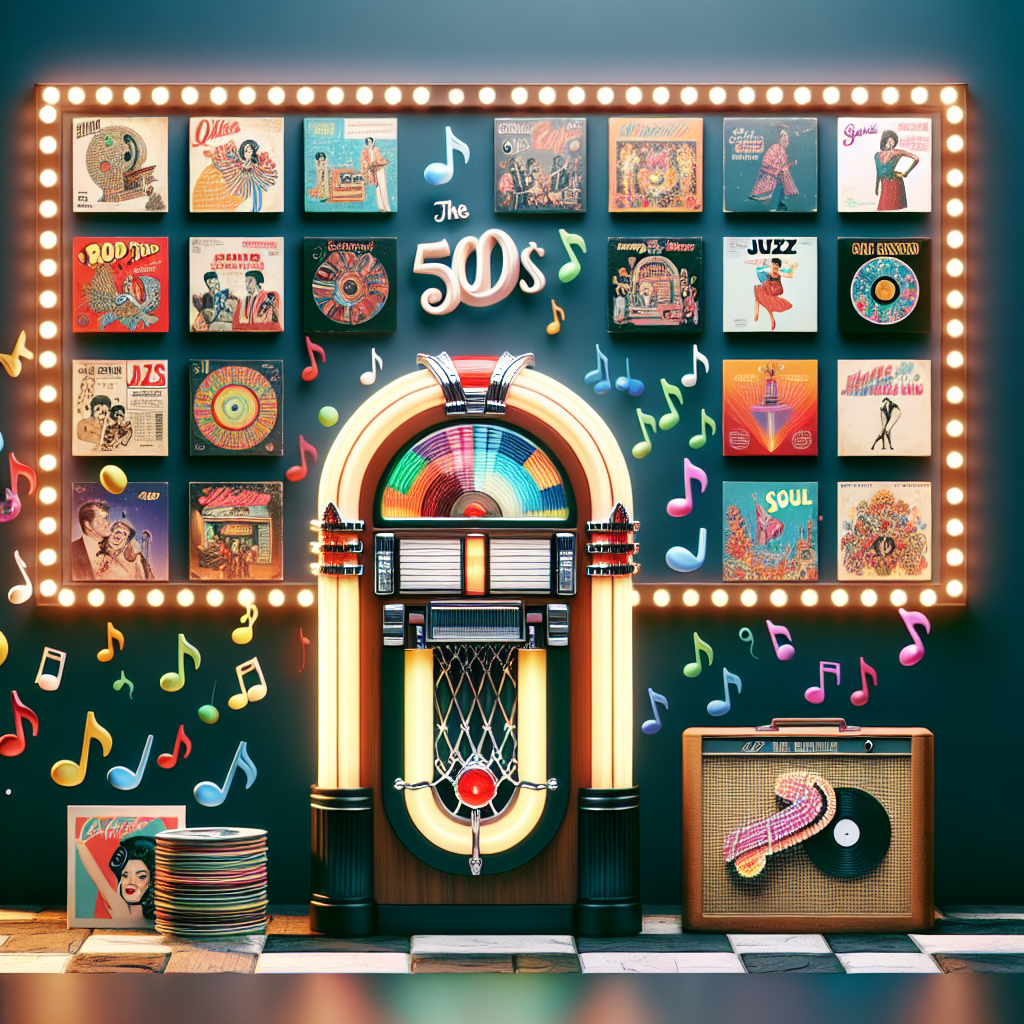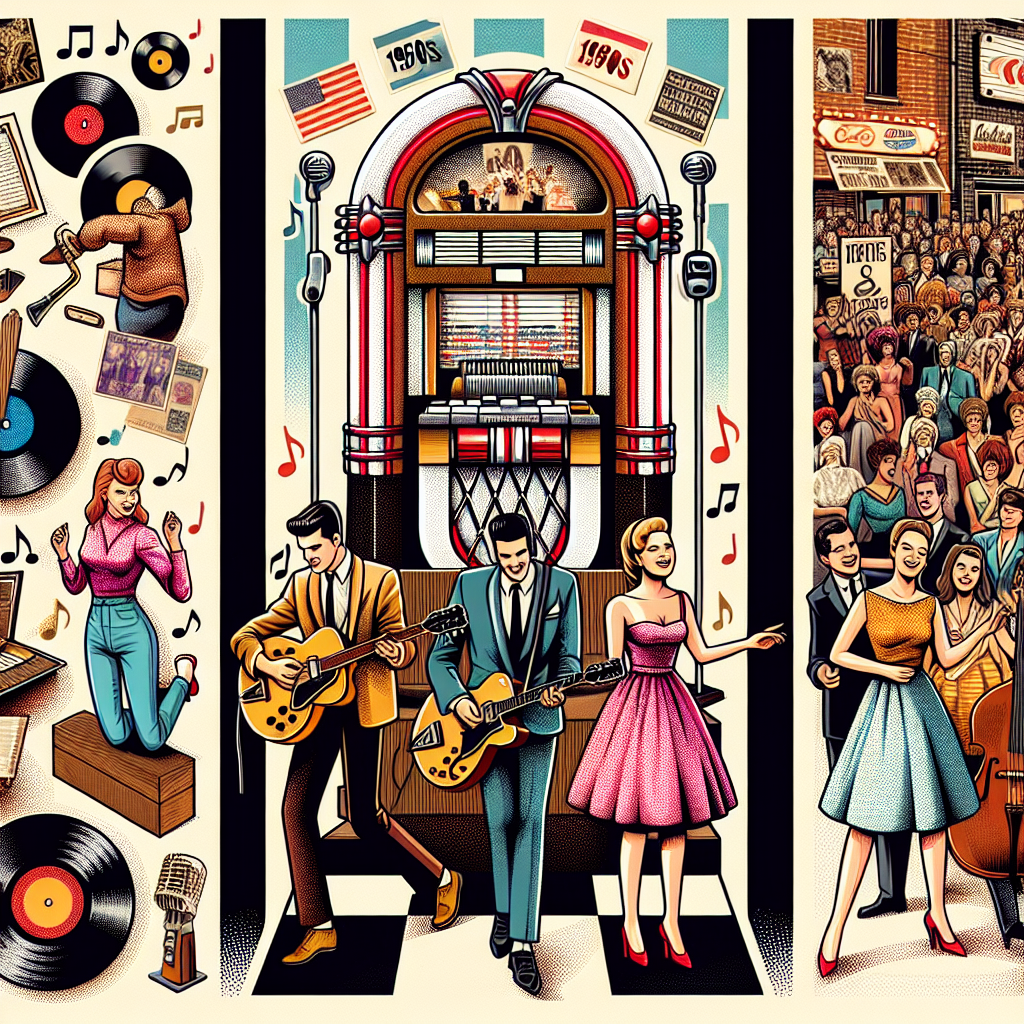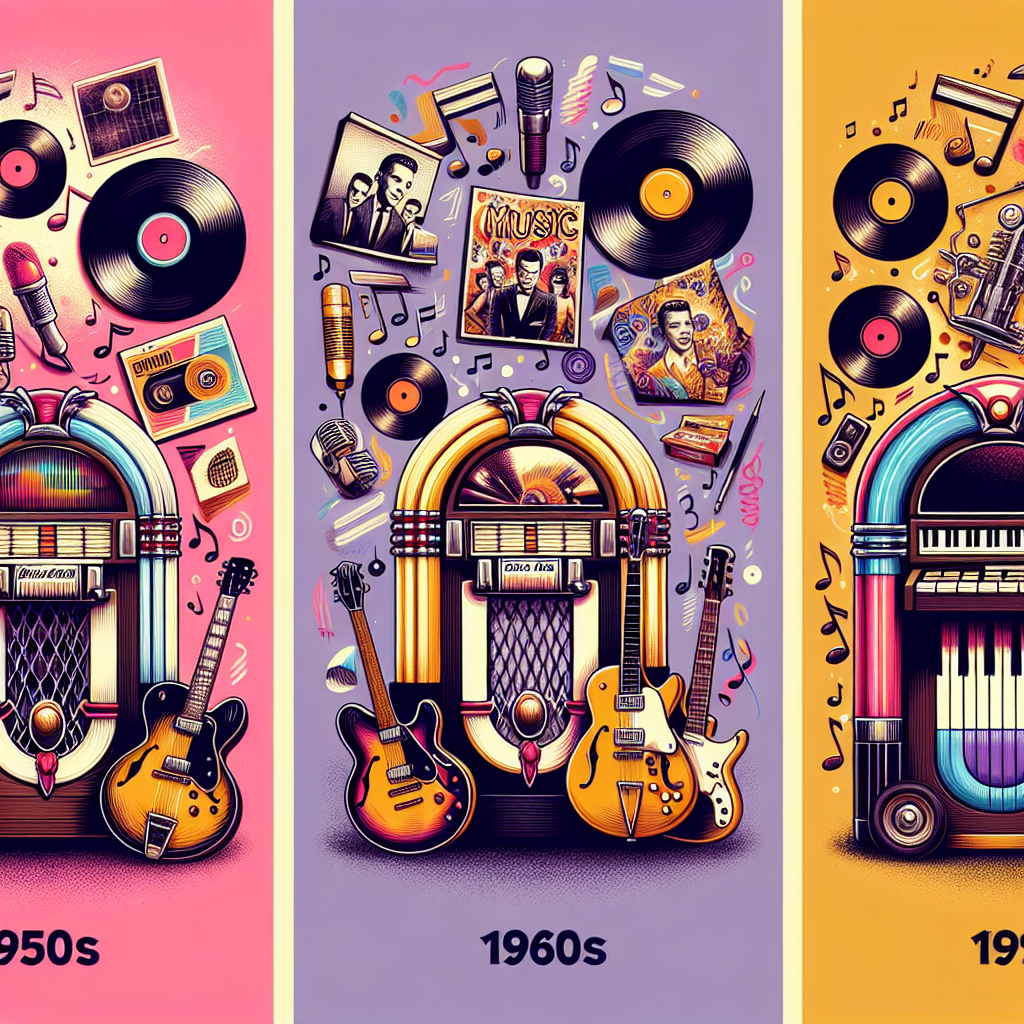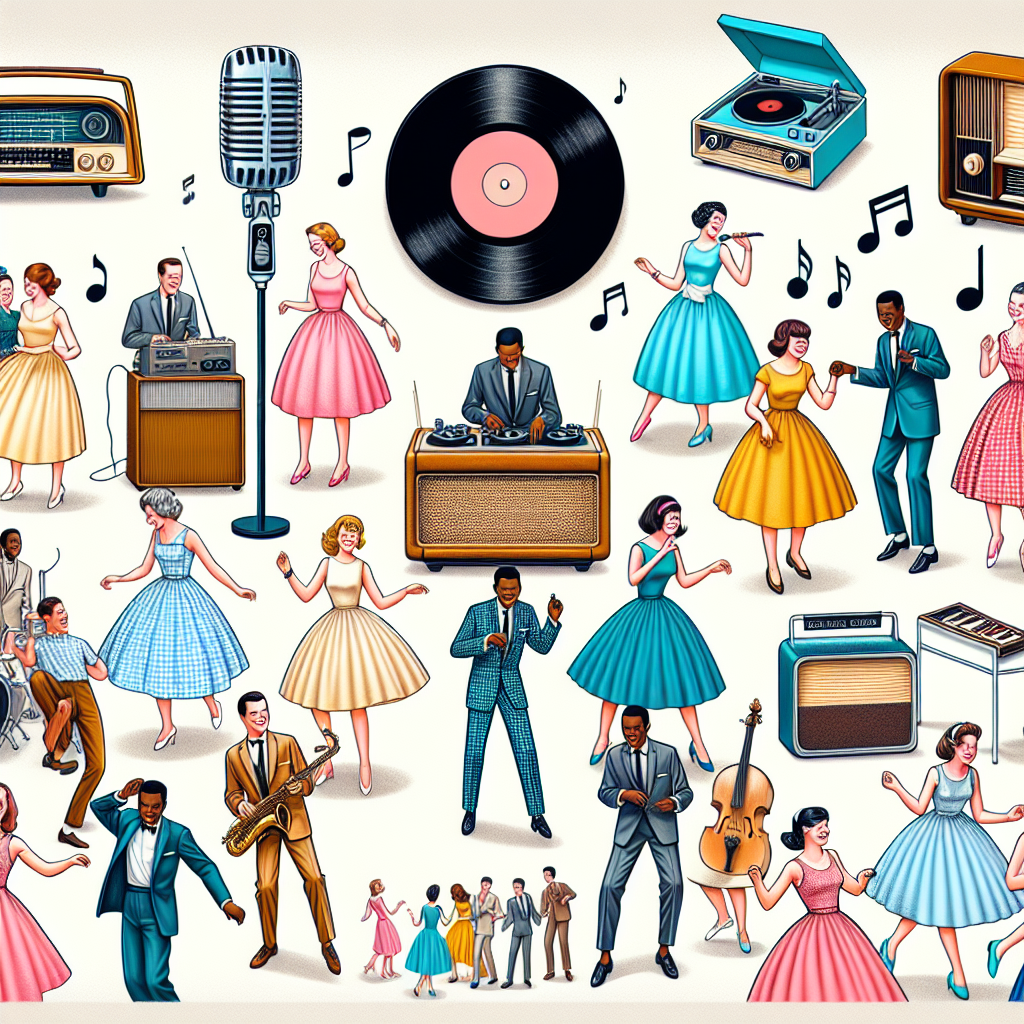The 1950s, 60s, and 70s were a time of great change in America. Music, culture, fashion, and technology were all evolving rapidly, shaping the world we live in today. One of the most notable changes during this time was the evolution of music from doo-wop to disco.
Doo-wop music emerged in the 1950s as a style of vocal-based rhythm and blues music. It was characterized by its catchy melodies, harmonies, and nonsense syllables. Groups like The Platters, The Drifters, and The Coasters dominated the charts with their smooth harmonies and infectious beats. Doo-wop music reflected the optimism and innocence of post-World War II America.
As the 1960s rolled around, the landscape of music began to shift once again. The British Invasion brought bands like The Beatles and The Rolling Stones to American shores, forever changing the sound of popular music. At the same time, Motown Records was churning out hit after hit with artists like Marvin Gaye, The Supremes, and Stevie Wonder. This era saw a blending of musical styles that would set the stage for future genres to come.
By the 1970s, disco had taken over as the dominant musical genre. With its pulsating beats and danceable rhythms, disco music became synonymous with nightlife and partying. Artists like Donna Summer, Bee Gees, and Gloria Gaynor ruled the airwaves with their infectious tunes that kept people on their feet all night long.
But it wasn’t just music that was changing during this time period – culture was evolving as well. Politicians were grappling with issues like civil rights and women’s liberation movements were gaining momentum. Fashion trends were shifting from conservative styles to bold prints and bright colors. Technology was advancing at a rapid pace with inventions like color television sets and cassette tapes becoming commonplace in households across America.
Despite all these changes happening around them, people remained optimistic about the future. They embraced new ideas and concepts with open arms, eager to see what else this exciting era had in store for them.
Looking back on this transformative time in history can give us insight into how far we’ve come as a society. From doo-wop to disco, each musical genre represented a different facet of American culture at that moment in time. It’s important to remember where we came from so that we can appreciate how much progress we’ve made since then.
So let’s celebrate the sounds of the 50s, 60s, and 70s – they may have been different from what we’re used to today but they played an important role in shaping our world as we know it now.
